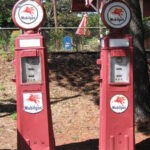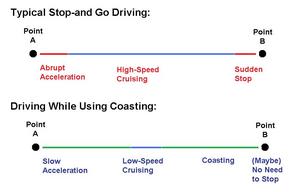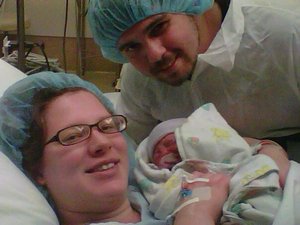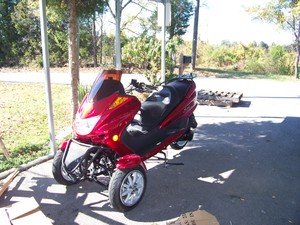A common problem consumers have experienced with their 1990’s model Jeeps has been the Crankshaft Position Sensor going bad. The most common symptom is generally the Cherokee simply failing to start one day, or, more rarely, shutting off while driving. When you try to start it, you will hear the fuel pump engage and the Jeep will turn over, cranking to the furthest point possible before fully starting.
Though those indicators can apply to more than just the CKS (crankshaft position sensor), its always a good bet if nothing obvious can be found wrong. Because of the ease in replacing the sensor, plus its moderate price, it is a good place to start when trying to repair the problem.
If you think your crankshaft position sensor, or know, that it has gone bad, then read on to find out the simple process of replacing this sensor.
Step 1: You will need to purchase a new sensor. because the cost of having the sensor checked will far outweigh the use, as many bad sensors will still be reported as acceptable. At Autozone, a new sensor can be purchased for $76 including tax; if it doesn’t fix the problem, save it for a different day, as it’s only a matter of time before the sensor goes bad.
Step 2: Once you have the sensor, you will need a rachet with a long extension and an 11mm (7/16) socket. Make sure the extension is at least 12-inches long, as the bolt is far up the back of the engine.
Step 3: Use your manual to locate the specific location of the crankshaft sensor; on my ’96 Jeep, the plug is located to the immediate left of the engine all the way at the back. It is a black clasp plug that has a small wire extending to behind the engine. Be advised that the cord is attached to a different cord with a blacktie strap, which can’t be seen; you will have to wedge your hand back there and use a pocket knife or sharp razer to cut it.
Step 4: Once you have unplugged the sensor, elevate the front of the car and crawl underneath. Behind the engine, near the bellhousing, is the sensor–it is black, cyndrilical, and has one wing with a bolt in it. On average, it tends to take users several trips under the hood before they locate it. Be advised that if you try to shove your arm all the way up to it, there is a good chance it will become pinned when trying to retract it, so use a long extension to unscrew the bolt.
Step 5: Using the wrench, unscrew the bolt and pull the sensor gently from its spot. Feed the new sensor plug around the engine to the front, fix the new sensor into place, and screw that bolt back in. Once it is securely screwed down, crawl out from under the Jeep and attach the plug end. Secure a new tie wrap on the cord so it is not touching the engine, then close the hood and try to start it.
Step 6: If the Jeep starts, the old sensor is bad and the problem is fixed.






